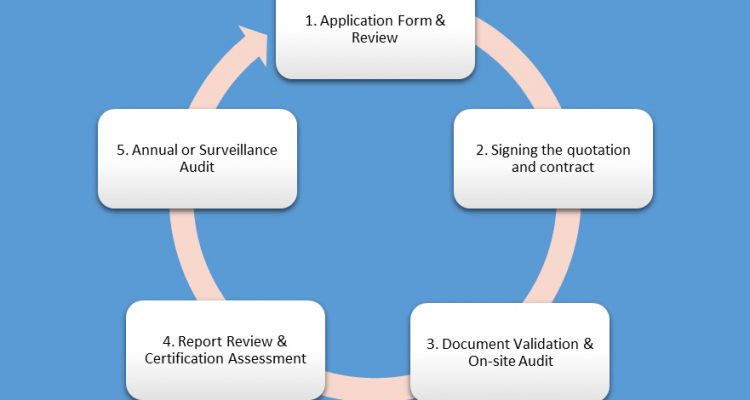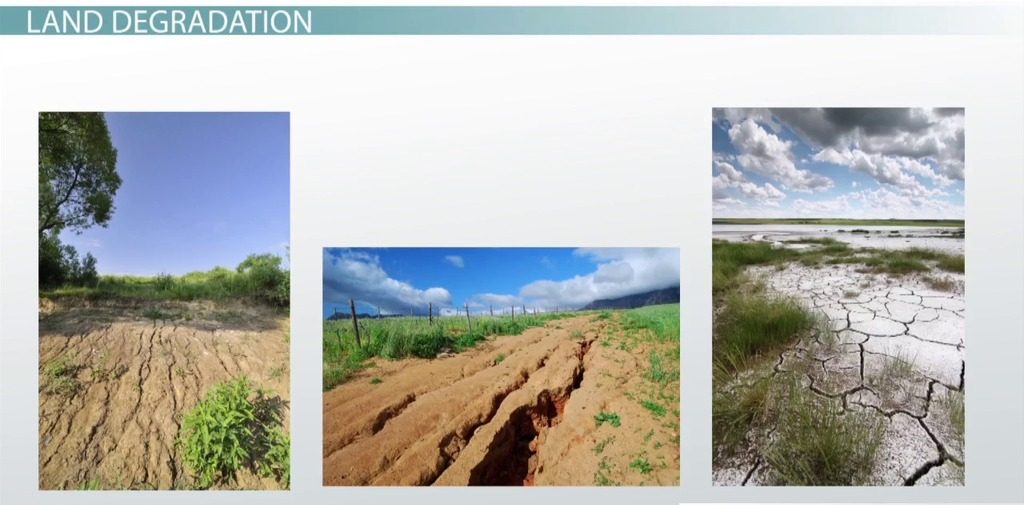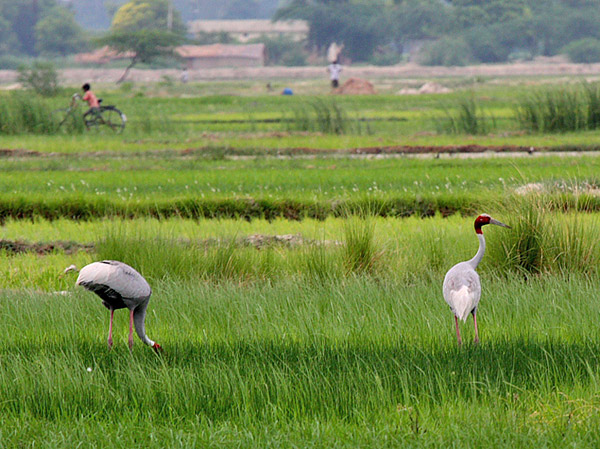Introduction: The Organic Revolution
In recent years, there has been a growing demand for organic produce as consumers become increasingly health-conscious and environmentally aware. Organic farming is not just a trend; it’s a commitment to producing food that is free from synthetic chemicals and pesticides while promoting soil health, biodiversity, and sustainable agricultural practices.
As a farmer, transitioning to organic farming can be a rewarding and profitable decision. However, it requires adherence to specific standards and obtaining organic certification to assure consumers that your products meet the organic label’s stringent criteria.
In this guide, we’ll demystify the organic certification process, providing you with a step-by-step roadmap to becoming a certified organic farmer. Let’s embark on this journey towards sustainable and environmentally responsible farming.
Chapter 1: Understanding Organic Farming
Before we dive into the certification process, it’s essential to grasp the fundamental principles of organic farming. Organic farming is an agricultural approach that prioritizes:
Soil Health: Organic farmers focus on building and maintaining healthy soils through composting, cover cropping, and reduced tillage. Healthy soil promotes nutrient-rich crops and enhances resilience against pests and diseases.
Biodiversity: Organic farming encourages the presence of diverse plant and animal species on the farm. This diversity helps control pests naturally and supports a balanced ecosystem.
Avoidance of Synthetic Chemicals: Organic farming strictly prohibits the use of synthetic pesticides, herbicides, and genetically modified organisms (GMOs).
Sustainable Practices: Organic farmers implement sustainable practices such as crop rotation and conservation tillage to minimize environmental impact.
Understanding these principles is the foundation of organic farming and will guide you throughout your journey to certification.
Chapter 2: Organic Certification Bodies
Organic certification is not a one-size-fits-all process. Different regions and countries have their own organic certification standards and organizations responsible for certification. It’s crucial to research and choose a certification body that aligns with your farming practices and target market.
Some well-known organic certification bodies include:
USDA Organic: In the United States, the United States Department of Agriculture (USDA) is responsible for organic certification. Farms seeking USDA organic certification must comply with the National Organic Program (NOP) standards.
EU Organic: European Union countries follow the EU Organic Regulation, which outlines organic farming standards and certification procedures.
IFOAM: The International Federation of Organic Agriculture Movements (IFOAM) offers certification for organic farms worldwide. IFOAM certification is recognized in many countries and regions.
Local Certification Bodies: In some cases, local or regional certification bodies may have specific standards that cater to local organic markets. These certifications are often recognized within a specific geographic area.
Research the specific requirements and application processes of the certification body relevant to your farming location. Each certification body will have its own set of standards and criteria that you must meet.
Chapter 3: Meeting Organic Standards
To become a certified organic farmer, you must meet the organic standards set forth by the certification body you’ve chosen. These standards cover various aspects of your farming operation, including:
Soil Management: You’ll need to demonstrate that you are maintaining and improving soil health through organic practices like composting, crop rotation, and cover cropping.
Crop and Livestock Management: Organic standards dictate how you should manage crops and livestock. For example, organic livestock should have access to the outdoors and be raised on organic feed.
Use of Organic Inputs: You’ll need to source and use organic seeds, fertilizers, and pest control methods approved by the certification body.
Record-Keeping: Accurate record-keeping is essential. You’ll need to maintain detailed records of your farming practices and inputs used.
Inspections: Expect periodic inspections by a representative from the certification body. They will ensure that you are adhering to organic standards.
Meeting these standards can be challenging, but it’s a testament to your commitment to sustainable and organic farming practices. It’s crucial to maintain consistency in your practices to ensure compliance year after year.
Chapter 4: The Certification Process
The certification process typically involves several steps:
Preparation: Begin by thoroughly reviewing the organic standards and requirements of your chosen certification body. Make any necessary adjustments to your farming practices to meet these standards.
Application: Submit an application to the certification body. This application will include details about your farm, your farming practices, and your proposed organic certification scope (e.g., crops, livestock, processing).
Inspection: A representative from the certification body will visit your farm to conduct an inspection. They will evaluate your practices, records, and compliance with organic standards.
Review and Decision: After the inspection, the certification body will review your application and inspection report. They will make a decision regarding your certification status.
Certification: If your farm meets the organic standards, you will receive organic certification. You can then label your products as “organic” and sell them at premium prices in the organic market.
Annual Renewal: Organic certification is not a one-time process. You must undergo annual inspections and renew your certification to maintain your organic status.
Chapter 5: Benefits of Organic Certification
Becoming a certified organic farmer comes with numerous benefits:
Access to Premium Markets: Organic products often command higher prices in the market, leading to increased profitability for certified organic farmers.
Consumer Trust: The organic label is a symbol of trust. Consumers have confidence in the quality and sustainability of organic products.
Environmental Benefits: Organic farming practices contribute to soil health, biodiversity, and reduced environmental impact, helping to combat climate change.
Healthier Farming: Eliminating synthetic chemicals from your farming practices can result in a healthier working environment for you and your employees.
Government Support: Some governments provide financial incentives and support programs for organic farmers.
Conclusion: The Path to Sustainable Farming
Becoming a certified organic farmer is a significant step toward sustainable and environmentally responsible agriculture. While the certification process may seem daunting, the rewards in terms of market access, consumer trust, and environmental stewardship make it a worthwhile endeavor.
Remember that organic certification is a continuous journey. Stay committed to organic principles, maintain accurate records, and adapt to evolving organic standards to ensure the long-term success of your organic farm. By doing so, you’ll not only contribute to a healthier planet but also thrive in the growing organic market.
Are you ready to embrace organic farming and make a positive impact on the world? Start your organic certification journey today and join the ranks of farmers committed to sustainable agriculture.





